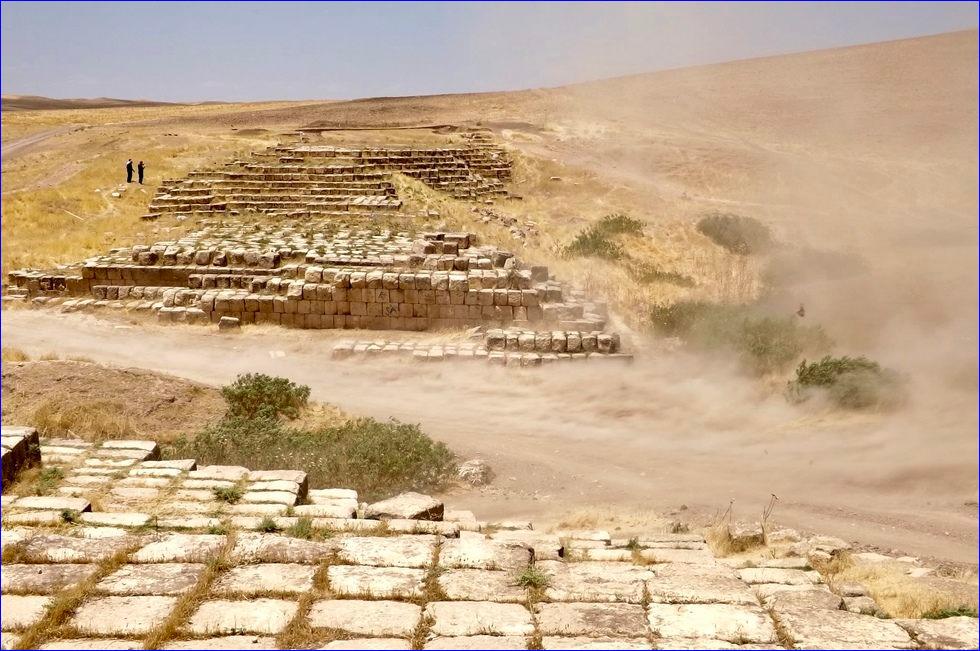


The Assyrian King Sennacherib built his mammoth hydraulics system to bring water from the mountains around Dohuk to his palaces within the city of Nineveh, which now lies beneath present-day Mosul, Iraq. His palace was uncovered after the shrine built atop it was destroyed by ISIS.
This enormous aqueduct, which was built between 700 and 690 BC roughly 30 miles from the King's gardens, predates the Roman engineering marvels that famously still survive in Europe today and is said to be the oldest in the world. It was built from more than two million stones and waterproof cement. It's thought the hydraulics system fed into an early prototype of the Hanging Gardens of Babylon, or perhaps into the legendary gardens themselves .
King Sennacherib's words still reach out to us today, more than 2,000 years later, through the inscriptions scrawled across the stones. The aqueduct, and the suggestive relief panels found within his rediscovered palace, lend credence to the idea that the Hanging Gardens of Babylon may have been located at Nineveh rather than further south.

or register to post a comment.